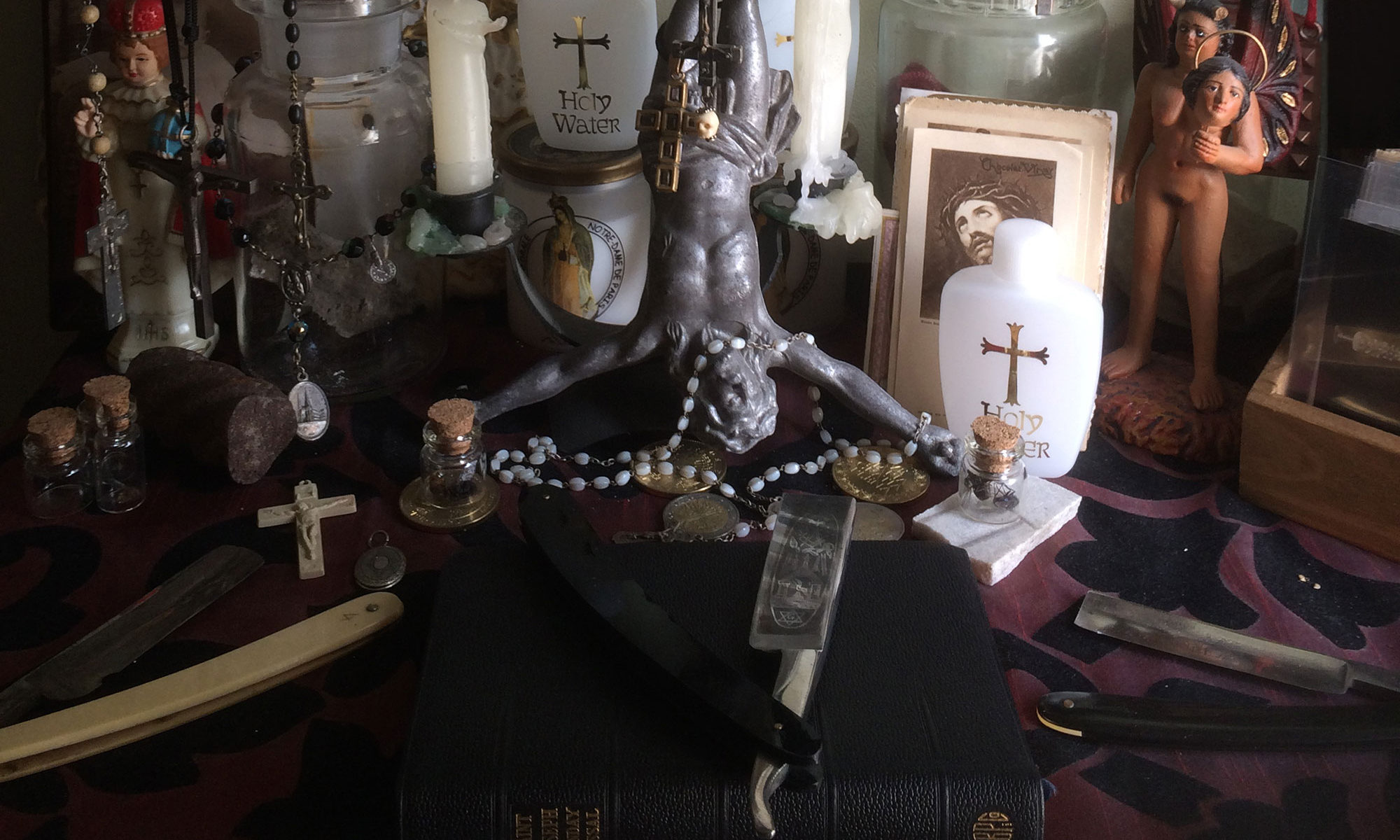I came across this site recently and thought to share. Here are several informative videos on the structure, meaning, and analysis of the traditional Latin Mass (Extraordinary Form) presented by Priestly Fraternity of Saint Peter. The FSSP is a society of Roman Catholic priests working to preserve and spread the knowledge and understanding of the Latin Mass. They describe themselves as:
The Priestly Fraternity of St. Peter is a Clerical Society of Apostolic Life of Pontifical right, that is, a community of Roman Catholic priests who do not take religious vows, but who work together for a common mission in the world. The mission of the Fraternity is two-fold: first, the formation and sanctification of priests in the cadre of the traditional liturgy of the Roman rite, and secondly, the pastoral deployment of the priests in the service of the Church.
The Latin Mass is an immensely powerful magical rite and was popularly seen as such until recent memory. It was not uncommon to find all manner of folk belief attached to the power of the Mass and its officiating priest in 19th Century France. Masses might be said for the weather or for good fortune.
Such was the belief in the supernatural efficacy of the mass and it’s associated power that sometimes a mass might be said for more sinister intentions. Folk tales tell of requiem masses said for someone still living to affect their demise. In Frazier’s The Golden Bough, we find reference to the Mass of Saint-Sécaire. This rite may or may not have ever actually been performed but it was certainly part of local folktales. Fraizer took his account from the much older Quatorze superstitions populaires de la Gascogne published in 1883. This mysterious rite originated in Gascony, France and would be said by an ordained priest in a ruined church where a toad has made its home beneath the altar. The officiating priest would be assisted by his lover as the altar server and the host would be a triangular black wafer. The mass would be said in reverse and timed to end precisely at midnight. Fraizer describes the mass as:
Very few priests know this mass, and three-fourths of those
who do know it would not say it for love or money. None but wicked priests dare to perform the gruesome ceremony, and you may be quite sure that they will have a very heavy account to render for it at the last day. No curate or bishop, not even the archbishop of Auch, can pardon them; that right belongs to the pope of Rome alone. The Mass of Saint Sécaire may be said only in a ruined or deserted church, where owls mope and hoot, where bats flit in the gloaming, where gypsies lodge of nights, and where toads squat under the desecrated altar.
At the end of the rite, the victim’s name would be said aloud and the target would then slowly waste away to death. These varied applications of the Mass from everyday to the malefic serve to illustrate that to some, the forces attached to the Mass could be treated as elemental and even susceptible to direction.
In the past 100 years, especially in the anglophone world, the qualities of liminality and the sublime attached to the Mass have been relegated to a kind of performative allegory in some communities. Especially among the clergy, there is a tendency to relegate the power of the priest to evoke and engage with the numinous as something to treat with an almost embarrassed deference rather than a more pervasive power to engage with the liminal. Whether it is the influence of Protestantism or the cumulative effect of religious life receding to the fringes for most Western Europeans, there’s a marked difference in perceptions of the priest as a conduit for engagement with the sacred compared to what was seen in the 18th and 19th centuries. I find that within Traditional Catholic circles there is a persistent and pervasive understanding of the Mass as a sacred rite dependent on proper form, language, and intent. The Latin mass is a potent example of communal ritual for the evocation of the numinous with the Priest as a mediator between worlds and the altar rail representing the border of an interstitial space. This structure alone should ring bells with anyone as to the historicity of the priest as Magician, The act of the mass is nothing less than a piercing of the veil through which the sacred manifests directly in the world.
Click here here to view the video
Further training videos from FSSP


